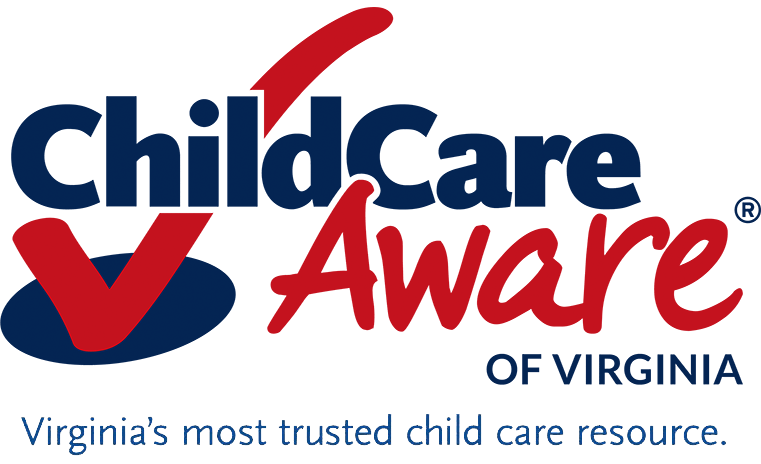
During this time of uncertainty, many of us have been given the opportunity to spend more time with our families. For some, this has been a time to reset, recharge, and reconnect. The extra time together is great and much needed. For others, it may be completely overwhelming. Between work, homeschooling, and managing the household, many parents are struggling to balance it all. We are in an unprecedented time, and it’s important to remember that no one has it figured out yet. As you navigate all of the changes and adjustments that are coming your way, be sure to make time to center yourself. Embrace your new normal by practicing and encouraging mindfulness.

Mindfulness allows us to have a close connection with our surroundings. Dr. David Anderson explains mindfulness as “Anything that helps everyone take a moment to slow down, stay present, and come together.” In other words, we are present and aware of where we are and what we’re doing. We’re not overly worried by hypothetical situations, but rather we are focused on our current situation. This gives us time to clear emotional clutter, gather our thoughts, release negative energy, and start each day fresh.
As parents of little ones know, children feed on and respond to shifts in our personalities and our emotional response to stressful situations. They understand when we’re upset, short-tempered, or stressed. In our best moments, we can find the space to breathe and consider healthy ways to respond in frustrating situations. However, as life becomes increasingly stressful and hectic, it can be easy to respond in ways that are unhealthy and impulsive. Practicing mindfulness can help increase the supportive and nurturing moments in our homes and decrease the likelihood of our emotions getting the best of us, causing additional stress.

When we’re mindful, we reduce stress, increase patience, enhance performance, and gain insight. This doesn’t mean a 2-week vacation to get away from reality, but intentionally incorporating simple practices into your daily routine to help you and your children stay grounded in the present. “Right now it’s very easy to let your brain spin out with the frightening possibilities,” warns Dr. Anderson. “Practicing mindfulness helps bring us back to the present, and away from the brink.”
Here are some mindfulness practices to try with your family:
- Take a family walk to block out all distractions. During the walk, encourage your children to stay focused on their surroundings. Have each person on the walk attempt to find an object to represent each color of the rainbow or take note of the different critters you encounter.
- Try a sitting meditation with the family. You could be seated on a chair or on the floor on a cushion. Keep your back straight, and relax. For your little ones, see who can be the quietest for 3 minutes.
- Take some time to stop, breathe, and think. This can help you and your family remain calm when times become stressful. During this activity, try counting and guiding your children through deep inhales and exhales.
- Create a mindful jar with your kids. It helps to represent those stressful emotions and you can focus on calming breathing techniques.
- Work on fun and mindful body poses like stretching and yoga to help you decompress. It’s great for kids, too!
Additional Resources
Mindfulness for Families and Children
Moments in Time that Build Awareness
6 Mindfulness Family Activities
